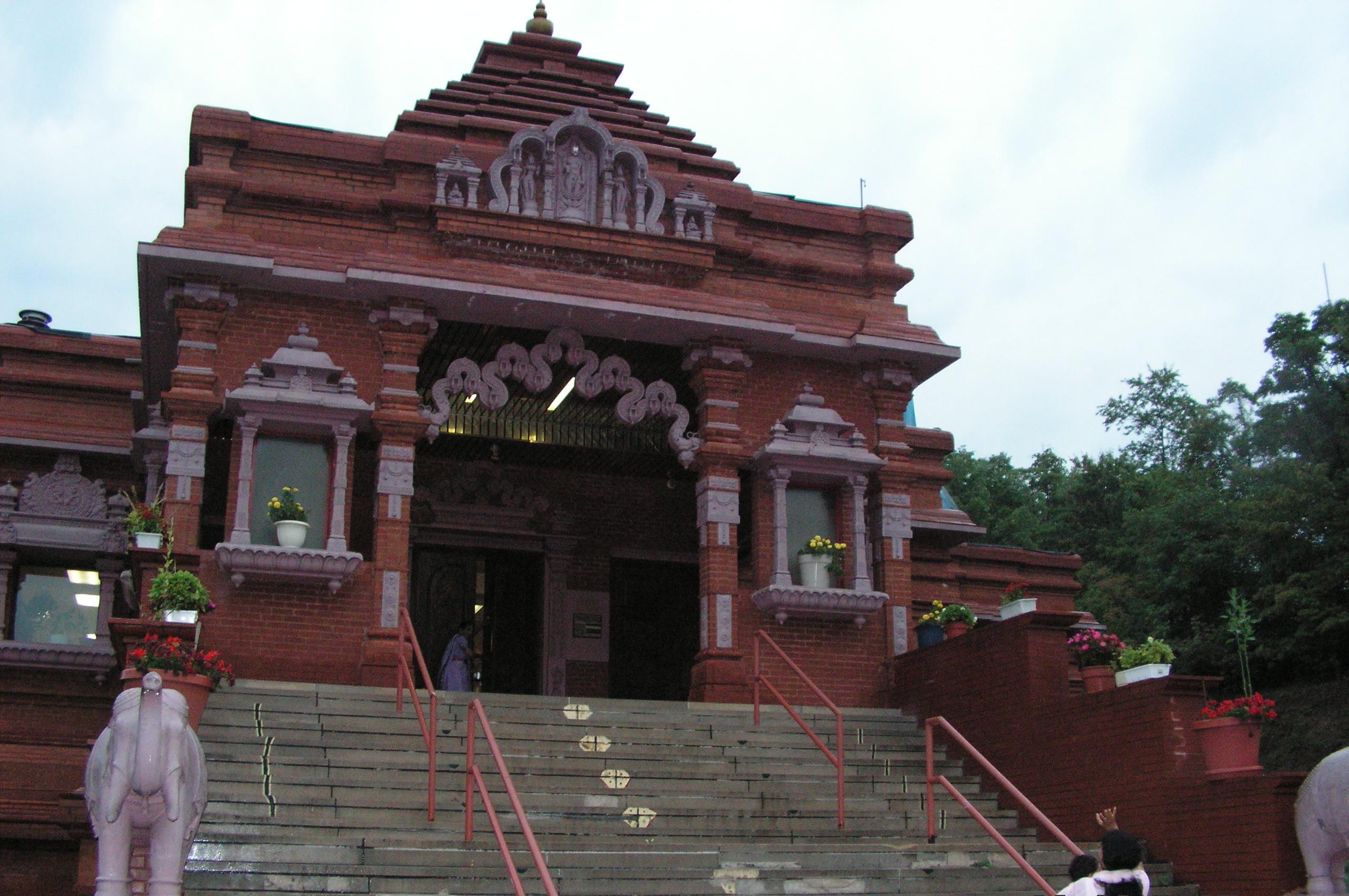 PITTSBURGH – Holi is the one day a year when it’s acceptable, even encouraged, to approach a stranger and smear pink powder across his face.
PITTSBURGH – Holi is the one day a year when it’s acceptable, even encouraged, to approach a stranger and smear pink powder across his face.
It’s a day when doctors, lawyers and professors can let down their hair – inevitably dusted with splotches of orange and green – to throw colored powder at each other and celebrate the rebirth of spring.
While Holi is celebrated predominantly in India and Nepal, the Indian-American community in the Pittsburgh area keeps the tradition alive. Several hundred people gathered Sunday at Hindu Jain Temple of Pittsburgh to partake in the “festival of color,” which was officially commemorated yesterday.
“Holi – it’s a lot of fun, a lot of excitement, a lot of cheerful moods,” said Ravindra K. Mehta, a psychiatrist whose practice treats patients in Washington, Greene and Fayette counties.
Mehta follows Jainism, a religion that stresses the importance of nonviolence. Both Jains and Hindus celebrate Holi, and Mehta has attended Holi celebrations at the temple every year. Originally from northern India near the capital city New Delhi, Mehta has lived in the United States since 1983.
“I’ve been here longer than I lived in India,” he said.
Mehta noted the Indian-American community in Pittsburgh has “grown tremendously” since he first arrived, and Holi is just one way to celebrate Indian culture and religion.
In recent years, the concept of throwing colors has been Americanized to some extent and incorporated into various music festivals and marathons.
However, the holiday’s origins can be traced back to ancient India. The word “Holi” stems from Holika, the sister of an evil king named Hiranyakashyapu. According to Hindu legend, Holika and the king conspired to kill the king’s son, Prahalad. Holika tried to burn her nephew in a fire, but instead she turned to ashes while Prahalad was left unscathed.
Mehta said the holiday represents a “victory of good over evil.” The festivities begin each year with a bonfire (Holika Dahan), followed by an Indian meal, traditional dance performances and, of course, time devoted to throwing colors.
While it didn’t quite feel like spring with temperatures in the mid-30s Sunday, everyone still gathered outside to join in the fun of throwing colors. The hundreds of people who attended Holi represented a diverse group of languages and ethnic backgrounds.
“But they all come together and perform on this day of Holi,” Mehta said. “We have unity and diversity, and this keeps our community together also. We have the same goal, basically, to keep the culture alive wherever you are.”





